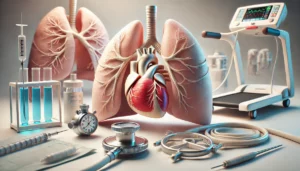
Factors Associated with Acute Kidney Injury After On-Pump Coronary Artery Bypass Grafting
Acute kidney injury (AKI) is a common complication following cardiac surgeries like coronary artery bypass grafting (CABG). This study analyzed 120 patients to identify risk factors for AKI, which occurred in 26% of the cases. Findings showed that patients with higher EuroSCORE II values, elevated creatinine and urea levels, lower hemoglobin, and reduced oxygen delivery during cardiopulmonary bypass (CPB) were more likely to develop AKI. AKI was also linked to longer hospital stays.










